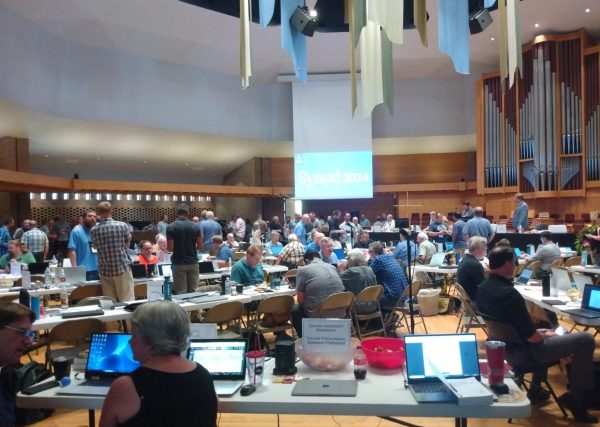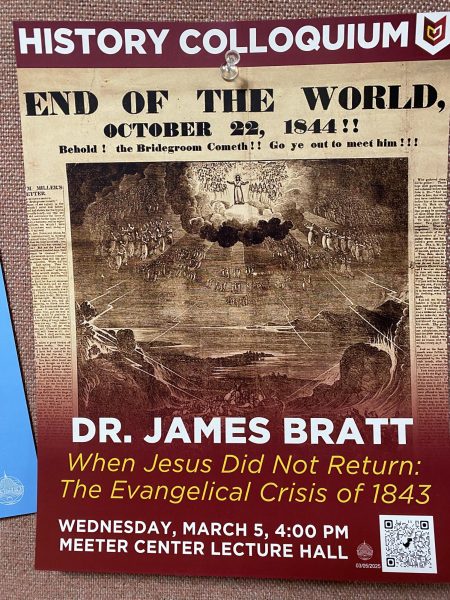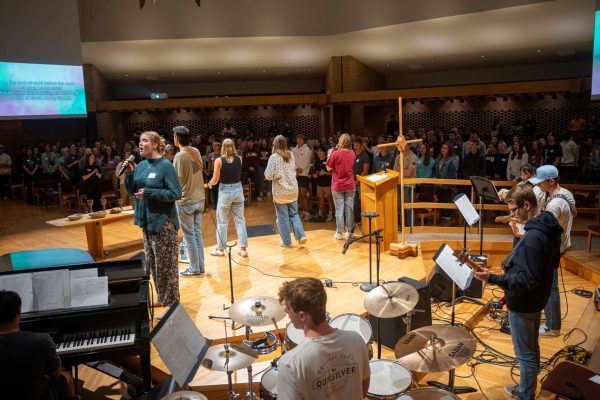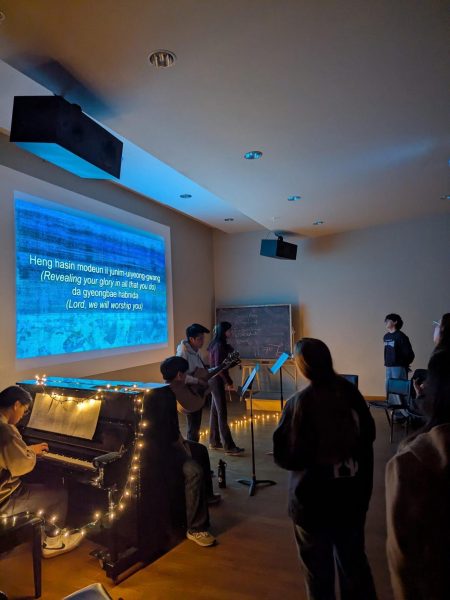Stampede during Muslim Pilgrimage: Over 700 Worshippers Killed
Last week Thursday, Muslims around the world met to celebrate the culmination of the Hajj pilgrimage in the Saudi city of Mina, just outside of Mecca. Here, during the Feast of Sacrifice, Eid al-Adha, a procession of worshippers gather around three stone columns where the prophet Abraham is believed to have once stood. Tradition holds that throwing pebbles at the pillars drives out evil, symbolic of stoning out the Evil One. What was meant to be, for many, the completion of a religious dream, turned into a tragedy of some 700 deaths.
As pilgrims circulated to and from the Jamarat Bridge, where the three pillars stand, large groups of pilgrims collided. Although the Jamarat Bridge was designed to ease the pressure of the crowds, the mass of moving people caused a chaotic situation. According to the Saudi Civil Defense Directorate, 863 pilgrims were injured and 717 were killed in the collision of the oncoming crowds. King Salman, former leader of Saudi Arabia, stated in a televised speech that he would tell authorities to review all arrangements and accommodations for pilgrims.
Following the crash of a crane two weeks ago on worshippers in Mecca, this disaster has raised criticism toward the Saudi government and their poor management of the masses that travel to Mecca. Crispin Hawes, the managing director of Teneo Intelligence, highlighted questions of accountability and considered the tragedy not only a “political firestorm” but an “egregious failure.”
In an interview between Saudi reporter Aya Batrawy and NPR host Kelly McEvers, Batrawy highlights the discrepancy between the provision of over 100,000 security forces to regulate the crowds and the stampede. She also remembers the past tragedies at Mecca, including the incident of 2006 in which 360 were killed, as well as the deadliest stampede of 1990 that killed 1,426 pilgrims. Batrawy questions the efforts of the Saudi government toward preventing the disaster from occurring again as they have failed to do so in the past.
Hawes was correct in predicting intense political tensions arising from the sad event. Saudi Arabia’s primary regional rival, Iran, ordered three days of national mourning after 95 Iranians were confirmed dead. Moreover, more than 400 Muslims died after Iranian Shiite Muslims and Saudi policemen broke out in riots last Friday. Not only is this violence further increasing the destruction in Saudi Arabia, but also in Iran. Enraged Iranians have stormed the Saudi and Kuwaiti embassies in Teheran, smashing furniture and starting fires. This outbreak of tension may lead to further political implications such as open conflict between Shiite Muslim forces and Sunni Muslim regimes.






